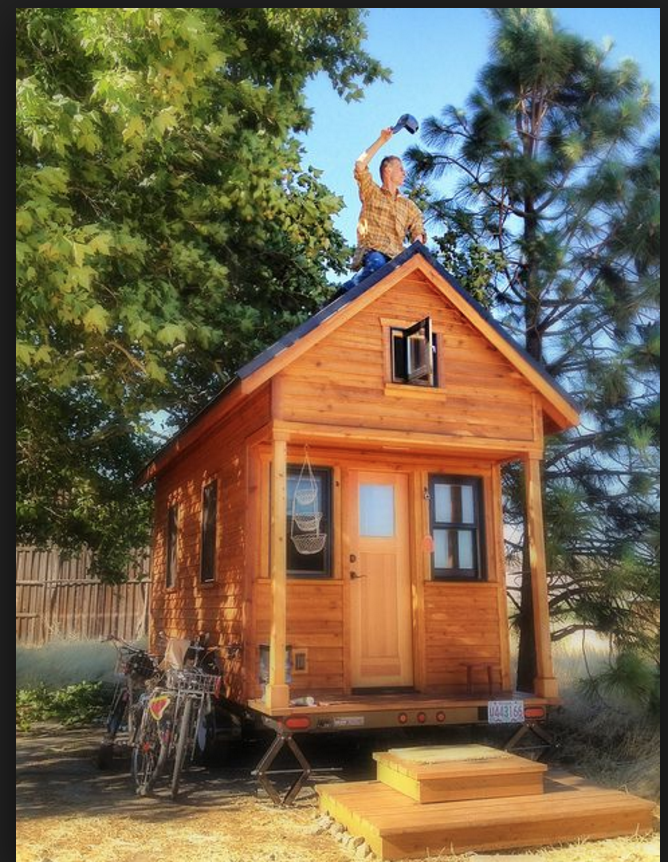Homeless advocates who have been stymied for decades trying to solve a problem that seems unsolvable, have come up with a new strategy and mantra: Give Them Homes. It sounds almost too simple to be true, but when you think about it, sometimes the most basic answers are the most effective ones.
The theory is that if a city puts up chronically homeless people in small houses—nicknamed “tiny homes”—it will help solve the biggest problem of being homeless, not having a secure roof over one’s head, a bathroom, a place to call home. Without those things, it’s pretty hard to get a foothold and work up to a self-supporting, healthy lifestyle.
So, cities across the country are building homes for the homeless at costs ranging from $10,000 to $20,000 and in sizes from a truly tiny 150 square feet to 500 or more square feet. They are forming them into villages and providing residents with social services, such as job training, medical visits, drug counseling. Cities including Fresno, Portland and Salt Lake City are reporting great success with the experiment.
“It’s more humane, and it’s cheaper,” said Lloyd Pendleton, director of Utah’s Homeless Coalition, which claims a huge drop in homelessness since providing those who need them with small homes. “I call them ‘homeless citizens.’ They’re part of our citizenry. They’re not them and us. It’s ‘we.’”
A study by the United States Interagency Council on Homelessness showed 83,000 people in the country had no residence on the January 2015 night the survey was taken and hadn’t had a steady roof over their heads for a year. They are defined as “chronically homeless,” moving from shelter to shelter, sleeping under freeway overpasses or cars, with no hope of affording rent or a stable life.
Cities have built shelters and dormitories, but those have had little impact on the basic problem of people living on the streets. Thus was born the tiny homes movement, by those who believe that if you give a person a secure, stable home—and most importantly the services they need to improve their lives—they will eventually join the workforce and be able to afford something bigger and better.
There are various studies, arguing success or failure of the movement, but we believe they are worth a shot and Gilroy should consider them as an option. One study that isn’t debated is that a small percentage of chronically homeless people use most of the money available to help all of the homeless. Officials estimate they account for $20,000 or more a year each for things such as ambulances, hospital stays, law enforcement help, food and temporary shelter.
They figure the cost of a small home and group services can be more effective in getting the chronically homeless off the streets and back to being productive members of society. We agree.
It doesn’t take much research to see that tiny homes can help. Spend a night in the current facilities available for homeless people—the armories, shelters and food kitchens—and you will quickly realize that the experience is depressing and humiliating, offering little hope for a brighter future. Give the homeless a place to be proud of and a big part of the problem can be solved.












